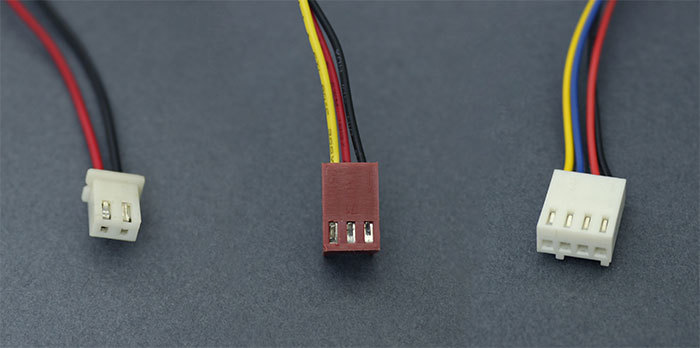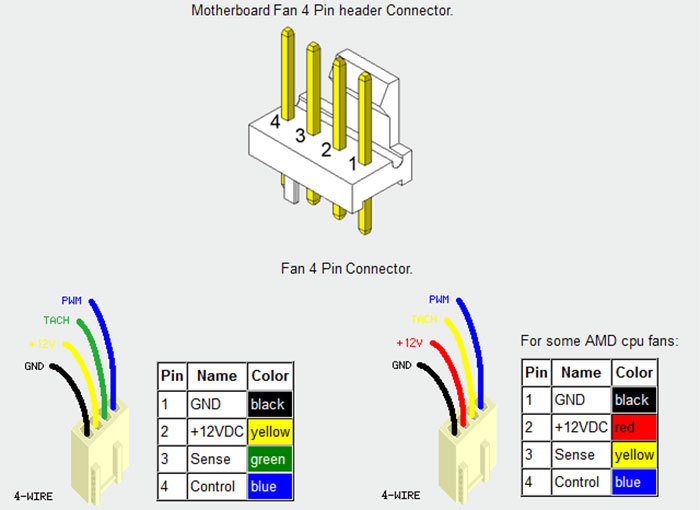BETTER TOUCH BETTER BUSINESS
Contact Sales at Lori.
With summer approaching, the importance of cooling fans for CPUs, GPUs, cases, and power supplies becomes even more critical. Managing fan noise and performance can significantly impact whether fans are priced in the hundreds or just a few dollars. High-end fans often become a favorite among enthusiasts, while more affordable options are common for everyday users.
Today, let's discuss fan connectors. Many people are still confused about the differences between 2-pin, 3-pin, and 4-pin fans. Before diving into fan connectors, it’s helpful to review our previous article on PC power supply connectors to better understand these components.
Types of Cooling Fans—2-Pin, 3-Pin, 4-Pin

Cooling fans come in various types, including DC, AC, brushed, and brushless. Here, we focus on fan power connectors, which are categorized into 2-pin, 3-pin, and 4-pin connectors. Let’s explore each:
1. 2-Pin Fans: Simple but No Speed Monitoring
A 2-pin fan has just two wires: one for ground and one for power. It is simple and cost-effective but lacks speed monitoring capabilities. For adjusting speed, other methods are needed. Another type of 2-pin fan uses a large 4-pin connector for better performance and power, like the Cooler Master Black Fan with a 1200 RPM speed and 44.72 CFM airflow. Despite their high airflow, such fans can be noisy and often lack speed control.
2. 3-Pin Fans: Voltage-Based Speed Control, Limited Flexibility
The 3-pin fan adds a third wire (usually yellow or green) for speed monitoring. This wire allows the motherboard to detect if the fan is spinning and at what speed. Speed adjustment is achieved by varying the fan voltage, but this method can be inflexible. It may not accurately reflect CPU temperatures and requires motherboard BIOS settings. Additionally, different fans have different starting voltages, which can lead to issues if the voltage is too low.
3. 4-Pin Fans: Advanced and Flexible Speed Control
The 4-pin fan, introduced with Intel's PWM (Pulse Width Modulation) control standard, adds a fourth wire for PWM control. This allows for precise and flexible speed adjustments without relying on voltage changes. PWM signals can vary the duty cycle from 0-100%, enabling accurate speed control. There are different types of PWM, including low-frequency and high-frequency PWM, with the latter generally offering better performance.

Connector Interchangeability and Considerations
It’s possible to connect a 3-pin fan to a 4-pin connector, but the PWM control function will be lost. Similarly, a 4-pin fan connected to a 3-pin header will not gain PWM functionality. Additionally, not all 4-pin motherboard connectors support PWM control; some might only provide voltage-based speed control.
Summary:
2-pin fans are less common now, with 3-pin and 4-pin fans being more prevalent. For the best experience, choosing a 4-pin PWM fan and compatible motherboard is recommended, as most modern motherboards and CPU coolers use 4-pin PWM fans.
Lori can provide professional fans to meet all your needs. If interested, please contact us!
Copyright © 2025 Shenzhen Lori Technology Co.,Ltd. | All Rights Reserved